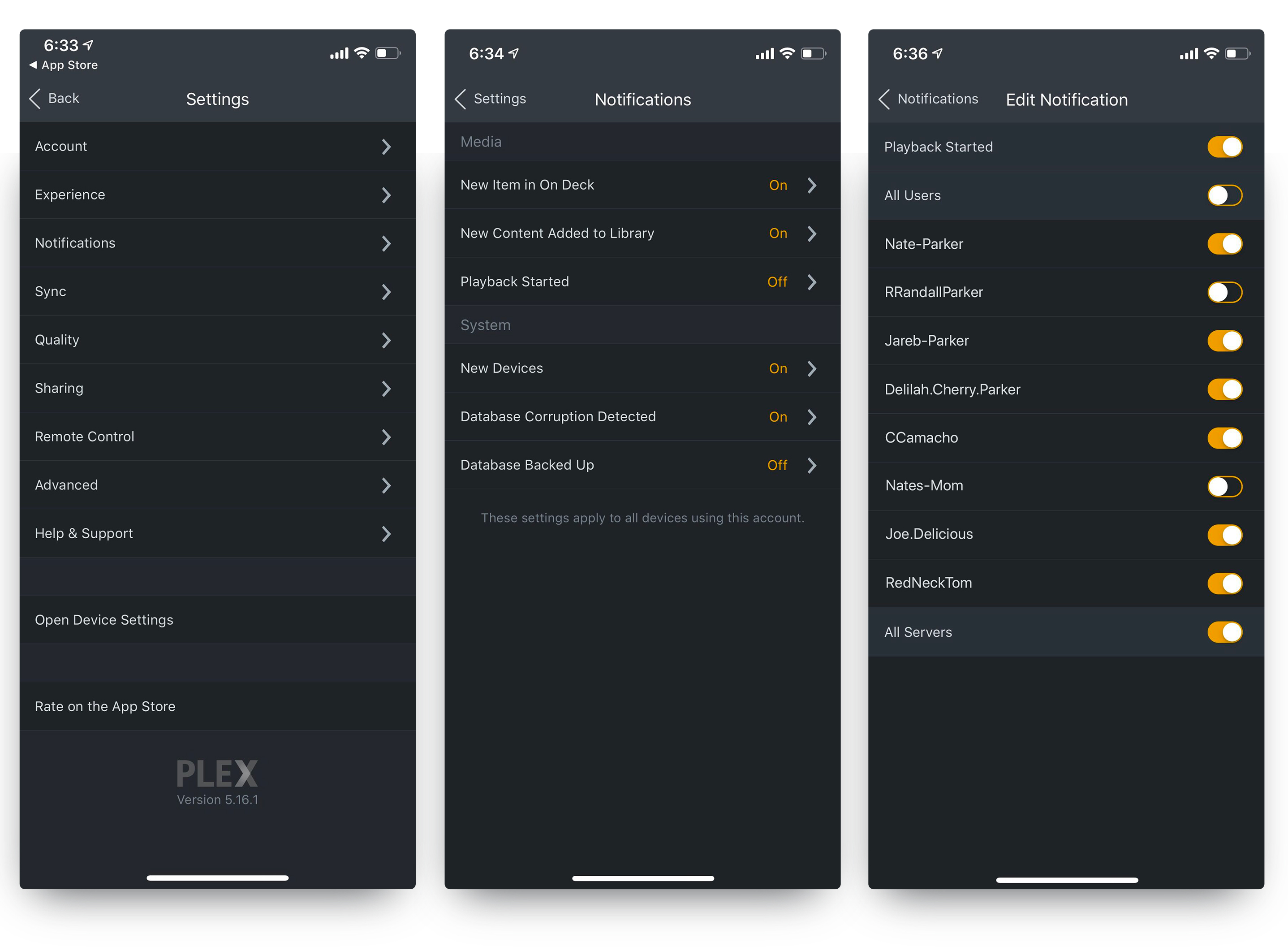

- #Plexamp for raspberry pi driver#
- #Plexamp for raspberry pi full#
- #Plexamp for raspberry pi software#
The following connections were used for the initial build. Unless you want to chase it across your desk do yourself a favour and stick some anti-slip pads or rubber bumpers on the underside of the stand. The new official Raspberry Pi DAC+ hat also omits the rotary encoder and mute headers, however it includes passthrough of all of the GPIO pins (if the header is soldered to the board) so they can be directly connected there. The layout of the headers may have changed so if you are using that model you might need to make adjustments to the IO cover. My build used an IQAudio DAC+ hat however this company has since been acquired by the Raspberry Pi Foundation so the above listed Raspberry Pi DAC+ hat is the equivilent model.
#Plexamp for raspberry pi driver#
8 x M2.5x12mm standoff (between the LCD and driver board and driver board and Pi).4 x M2.5x23mm standoff (top-most standoff).4 x M2.5x4mm countersink screw (for fixing the rear cover to the top-most standoff).4 x M3x4mm countersink screw (for fixing the display to the bezel).4 x M3x10mm countersink screw (for the case fan).2 x M3x8mm button head screw (for fixing the stand to the bezel).

The fan should be mounted to the rear cover before placing the rear cover over the stack of LCD controller, Raspberry Pi and DAC+ hat.Īligning the IO and USB covers while simultaneously lowering the back cover and keeping all of the wires clear of pinching can be a bit tricky and might take a few tries and different hand placements before you get it. The fan should also have threaded inserts placed in its mounting holes however these do not need to be heatset and can just be pulled in from the otherside with an M3 screw. The back cover is screwed to the topmost standoffs which secures it against the bezel, locking the IO and USB covers into place. These can be inserted with a soldering iron. Two heatset threaded inserts are used to fix the stand to the bezel. If your bridging is very reliable you could also print the bezel without supports, if not I would recommend supporting the rectangular cutout for the rotary encoder (and using support blockers elsewhere). The covers are of course cosmetic and could be left off but I also found sliding them in and out of the back cover a few times can help if they are a little tight initially.Įverything except the frame bezel can be printed without supports. I have found that even different filaments can make a difference between this fitting and not. The IO cover and USB cover parts which slid into the back cover are quite thin and slide into a narrow slot. You will however need to have your printer fairly dialed in or otherwise go into the Onshape model and adjust some of the components. All of my models were printed in eSUN PLA-ST however any standard material like PETG, ASA or ABS should work fine. They are used for alignment reference only and are not present in the exported STL files.
#Plexamp for raspberry pi full#
Please consult the above links for full details on these models. This CAD model includes third-party models subject to their own licenses for aligning the components. This model is provided under the CC BY-SA 4.0 license. They are all in the correct orientation for printing.

A full CAD model is available in Onshape here:Įxported STL versions of these files can be found in the stl directory of this repository. The enclosure to holds a Raspberry Pi 4, IQudio DAC+, the Raspberry Pi Touchscreen and a rotary encoder. This project is not affiliated with Plex or Plexamp in anyway.
#Plexamp for raspberry pi software#
It includes a 3D printable enclosure and some software components which can be combined, with the off the shelf hardware to build the unit. I wanted a self-contained streamer for Plexamp which would let me navigate and select my music, control tracks with a rotary encoder and output to a reasonably good headphone amplifier, this project is the result.


 0 kommentar(er)
0 kommentar(er)
